How to choose a suitable seedling tray?
Jul. 19, 2024
With the rise of centralized seedling cultivation in greenhouses, various types of supporting agricultural materials have emerged in an endless stream. For new farmers who have just come into contact with centralized seedling cultivation, how to choose suitable seedling tray specifications and quality standards according to their own needs, considering both economic efficiency and meeting the actual needs of seedling cultivation, is worth considering. This article summarizes the specifications, types and quality standards of commonly used seedling trays as follows
Plate seedling cultivation originated from a new seedling cultivation technology that emerged in Europe and the United States in the 1970s. It is a replacement seedling cultivation technology that replaces traditional soil-transmitted seedling cultivation. It has now become the main way of specialized commercial seedling production in many countries. The principle is to use peat, imported coconut coir, vermiculite, perlite and other soilless materials for comprehensive configuration according to the needs of various types of plant growth for different physical and chemical properties of the soil, so that its physical and chemical properties are suitable for cultivating strong seedlings, and the mixed matrix is filled in a certain spacing of quantitative holes. The modern seedling raising technology of one-time seedling formation has obvious advantages, mainly manifested in the following aspects:
(1) The filling, sowing, germination and other processes of seedling raising in hole trays can be completed by machinery, which is simple and fast to operate and suitable for large-scale production.
(2) The seeds are evenly distributed, with high germination rate and high seedling rate, which can greatly save seeds.
(3) Increasing the seedling density facilitates intensive management, improves greenhouse utilization, and reduces production costs.
(4) The seedlings in each hole in the hole tray are relatively independent, which not only reduces the spread of pests and diseases between each other, but also reduces the competition for nutrients between seedlings, and the root system can also be fully developed.
(5) The seedlings in the seedling tray are easy to remove and transplant with soil without damaging the root system. The seedling acclimatization period after transplanting into the soil is short and the survival rate of planting is high.
(6) Unified sowing and management ensure uniform growth and development of seedlings, improve seedling quality, and facilitate large-scale production.
(7) Light substrate and light container are easy to store and transport, realizing the marketization of seedlings.
Materials of garden seedling trays
The materials used to make seedling trays are generally polystyrene foam, polystyrene, polyvinyl chloride and polypropylene. The manufacturing methods include blow molding, injection molding and foaming. The general vegetable and ornamental plant seedling trays are made of polystyrene. The seedling trays currently on the market are roughly divided into two categories. One is the PS material plastic seedling tray represented by vegetable seedlings in Shandong Province, and the other is the EPS material foam floating seedling tray, which is currently promoted more vigorously for tobacco and vegetables.
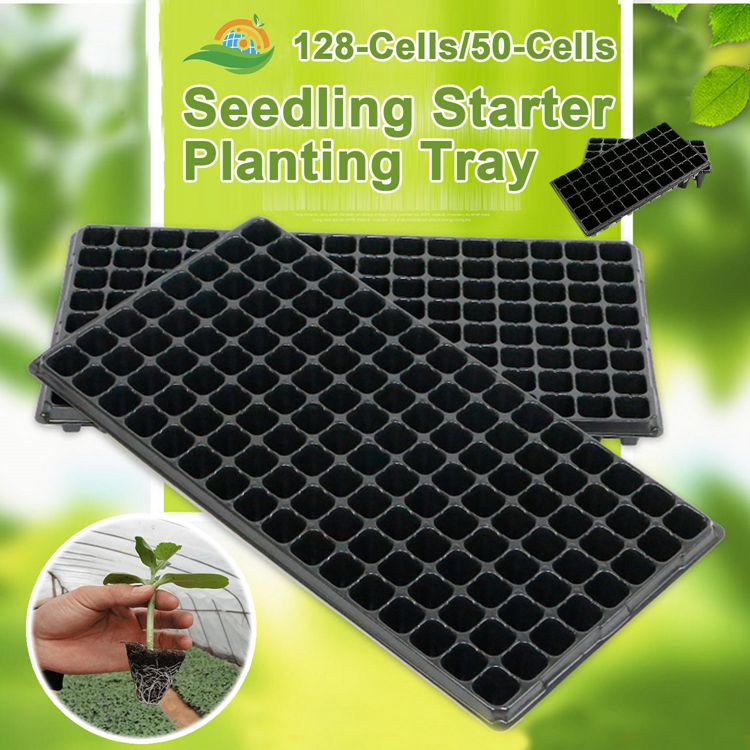
Users consider which seedling method to use or a combination of the two according to the actual situation. Generally speaking, floating seedlings are recommended for novices. If the hardware facilities are available, the management is simple, the seedlings emerge neatly, and the success rate is higher, but it is necessary to select a suitable matrix, preferably a special matrix for floating seedlings. For users with certain experience, the two can be combined. According to the seedling needs of different seasons, seedling trays are used in summer and autumn, which is conducive to cultivating strong seedlings with well-developed root systems and short seedling growth periods. However, water and fertilizer management requires certain experience, otherwise the failure rate is high. Floating seedlings in winter and spring are more suitable for cultivating high-quality seedlings. The high specific heat capacity of the water in the pool is used to absorb heat during the day and release heat at night to improve the cold resistance of the seedlings. With the special matrix, the strong seedling rate is high.
Recommended article:Which vehicles require rack bush replacement?
4 Tips for Choosing a Kemtron Shale Shaker Screen
4 Advice to Choose a ODM bamboo stick making machine
The Benefits of Using 2418f437: A Comprehensive Guide
Revolutionizing landscaping: The future of Plank trimmingätzlichines?
A Beginner's Guide To Pumping Slurry
What is the cost of flue gas Desulfurization system?
Requirements for seedling tray design
Whether the design of seedling tray is scientific directly affects the quality of seedling cultivation. Generally, the hole shape is preferably a square inverted trapezoid, which is conducive to guiding the root system to extend downward, rather than the root system entangled on the inner wall as in round or side vertical holes. Deeper holes provide more favorable conditions for drainage and ventilation of the substrate. Some trays also have ventilation holes between the holes, so that air can flow between plants. Keep the leaves dry, reduce diseases, dry evenly, and ensure that the plants in the tray grow evenly.
The color of the tray also affects the temperature of the plant roots. Generally, black trays are selected in winter and spring because they can absorb more solar energy and increase the root temperature. In summer or early autumn, silver-gray trays should be used to reflect more light to avoid excessive root temperature. White trays generally have a higher light transmittance, which will affect root growth, so white trays are rarely selected. Of course, white foam trays can be an exception.
The quality judgment standard of seedling tray
Currently, the specifications of the plug trays on the market are basically unified, but there are also some customized plug trays with non-standard sizes. The plastic plug tray is more common in the size of 28*54*4.8cm, while the foam plug tray is 34*67*6cm. The quality of the plug tray is judged from the following aspects:
1. Raw material selection: Most of them are made of new polystyrene (PS) injection molding. The material used for the plug tray is more thermally stable and light-resistant than polyvinyl chloride (PVC). However, it is not ruled out that some manufacturers use PS new materials and recycled materials for injection molding production to save costs, which often has poor softness and is easy to bend and break.
2. Weight and density of a single piece: Usually, on the basis of using the same raw materials, the larger the weight of a single piece, the higher the density, and the longer the service life of the plug tray, but the corresponding cost increases. For users who sell the plug tray once after the seedlings are grown and do not consider recycling, it is necessary to make appropriate concessions between economy and practicality on the premise of not being perforated and not easy to bend and break. For users who need to reuse, high-density plug trays are the first choice. Generally, a 28*54*4.8cm plastic plug tray with a single piece weight of ≥130g is a high-density tray, and the service life of a new high-density tray is generally greater than 3 years; and a 34*67*6cm foam plug tray with a single piece weight of ≥200g is a high-density tray. After foaming, the particles are tightly combined, and there will be no root penetration, which will cause the roots to sink into the foam particles and make it difficult to clean when reused.
3. Acceptance standards: Usually, after purchasing the plug tray, users can ask the manufacturer to provide the testing standards for the plug tray (there is no unified industry standard at present, and enterprise standards are mostly used). Under the condition of normal appearance and size consistency, the weight of a single piece can be operated by weighing every 50 pieces and taking the average value. At the same time, visually inspect the perforation rate of the plug tray's water seepage holes and whether there are holes on the surface of the plug tray. Finally, the multi-angle bending and knob operation of the whole and single hole can be adopted to observe whether the plug tray will break, and determine whether the plug tray meets the standard in turn.
In addition, most plug trays are not resistant to sunlight, and it is recommended to store them in a dark place.
Reference standard for selection of holes in seedling trays
Different vegetable varieties should be selected based on the length of their seedling age, leaf width, space occupied, and seedling efficiency per unit area. Generally speaking, varieties with long seedling age, large leaf area, and horizontal growth should choose large holes (or wider hole spacing) for seedling cultivation to ensure the space occupied by strong seedlings. If necessary, leaf cutting should be adopted when leaves block each other during the seedling cultivation process. For varieties with upright growth and small leaf space occupation, small holes are often used for dense planting to improve economic benefits
The selection of seedling trays is related to the success of seedling cultivation and the economic benefits of seedling production. According to actual production needs, selecting appropriate trays and seedling cultivation methods as needed can greatly improve production efficiency and reduce risks. At the same time, after selecting the right tray, key technical management of the seedling cultivation process is particularly important.
The Benefits of Using lost foam casting process
Growing Strawberries Indoors in Greenhouses
Top 5 Advantages of Container Farming
How Does 3D printing technology Work?
4 Advice to Choose Chinese Bamboo Rough Processing Equipment
The Complete Guide to Buying a Central Heating Pump
Q-flex® 3 Ear Tags
209
0
0
Related Articles


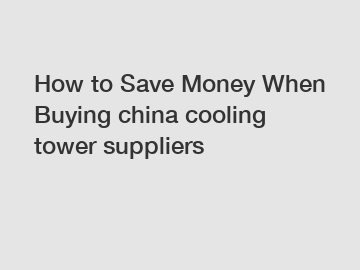
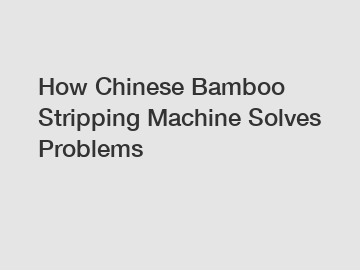




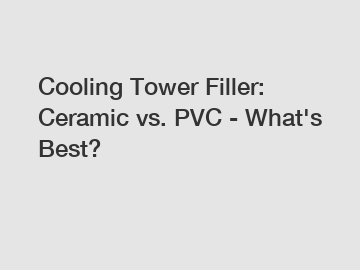
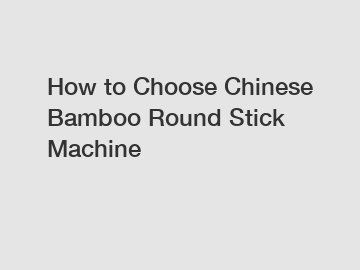
Comments
All Comments (0)